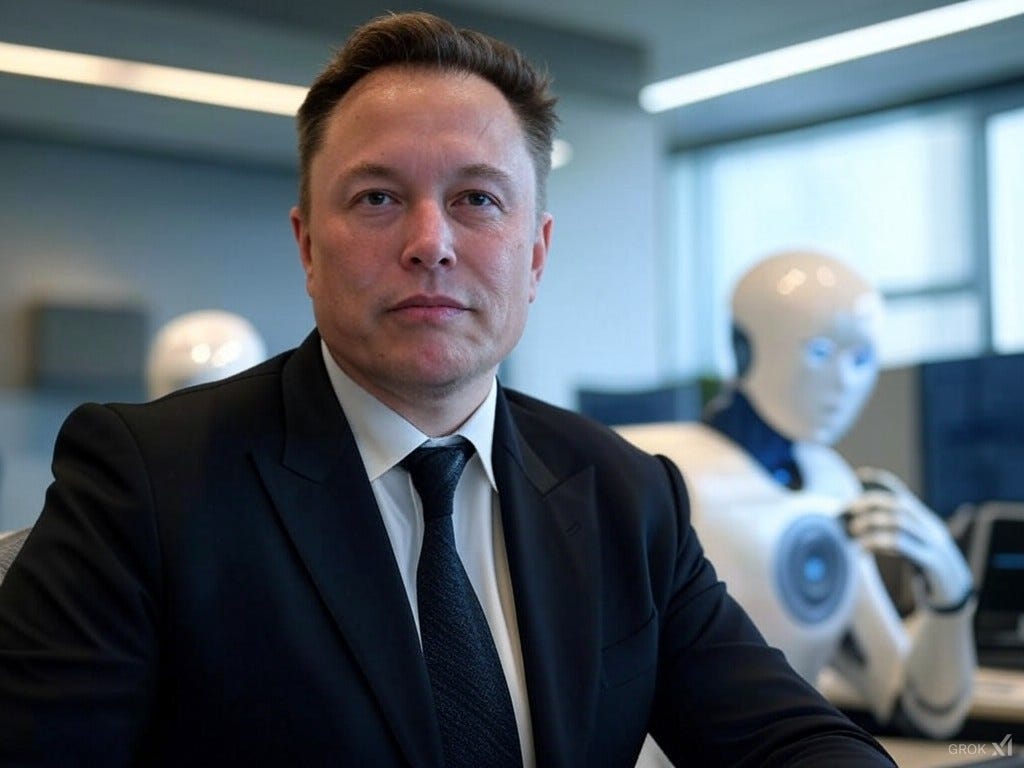Elon Musk's DOGE: Aiming for $1 Trillion Deficit Cut by 2026 with Efficiency Overhauls
Musk's Advisory Group Targets Wasteful Spending, Including DEI Programs, Eyes Zero Inflation, and Plans Bureaucratic Streamlining Before July 4, 2026 Deadline
The Department of Government Efficiency (DOGE), led by Elon Musk, aims to cut spending by reducing wasteful expenditures, which, in addition to other areas, will likely include Diversity, Equity, and Inclusion programs. DOGE hopes to reduce the federal deficit from $2 trillion to $1 trillion in FY 2026, which would require cuts of $4 billion of spending each day. DOGE recently posted on X that it has already saved U.S. taxpayers around $1 billion per day. In addition, Musk suggests that economic growth should offset the remaining deficit, aiming for zero inflation by 2026. This is a major task, one of which we haven't seen in recent memory. Perhaps it will do this partially by incorporating robots instead of hiring humans for some government workflows.
DOGE is a temporary advisory group, not an official government department, so its ability to enact policy changes is limited. The initiative will conclude by July 4, 2026, which adds pressure to achieve results quickly.
DOGE has five main goals. One goal is to put forth policy and regulatory reforms, allowing individuals and businesses more freedom and cutting the red tape they must go through to get anything done. Another, as mentioned above, is to eliminate inflation in 2026. A third is to streamline federal government operations, reduce bureaucracy, and possibly reorganize or downsize federal agencies; DOGE aims to make the government more efficient and responsive to the needs of U.S. citizens. Two other goals of DOGE are to reduce or eliminate wasteful spending while reducing federal spending in general.




